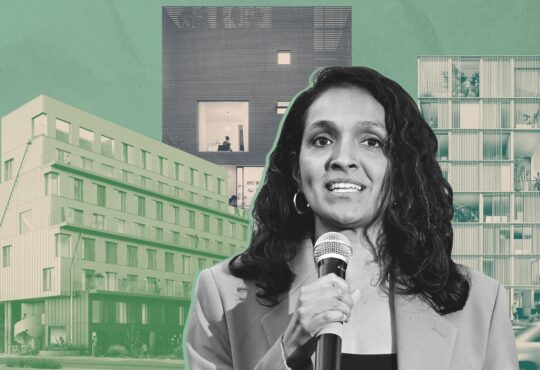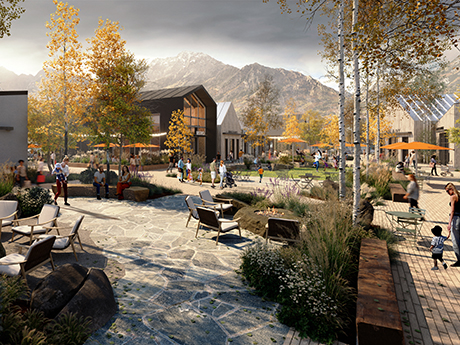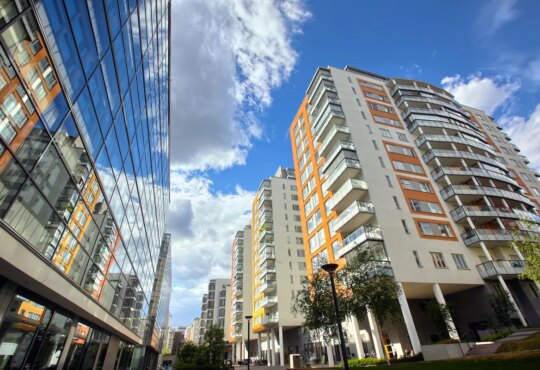
A post-pandemic boom made lab space the hero of commercial real estate, an antidote to the pandemic slump and a magnet for investor cash.
But the life sciences sector is losing its shine fast, with landlords across the country facing a brutal mix of funding drought, oversupply and vanishing demand, Business Insider reported.
Recent data paints a grim picture. Vacancies in top life sciences markets — Boston, the Bay Area and San Diego — have soared to 27 percent, up from 6.6 percent just three years ago, according to JLL.
Brand-new buildings, once seen as bulletproof assets, are faring the worst: nearly half of lab space completed between 2022 and 2024 sits empty. Even incubators, typically resilient in downturns, are feeling the squeeze.
Behind the glut of available space is a perfect storm of tightening capital. The National Institutes of Health is roughly $5 billion behind on research grant disbursements compared to last year, while venture capital investment in life sciences has dropped to its lowest level since before the pandemic. That one-two punch has throttled the startup pipeline that once drove leasing in innovation hubs.
“This is the first cycle I can think of in my professional history where all of the black squirrel events are happening at the same time,” said JLL’s global life sciences chair Travis McCready, pointing to simultaneous drops in both public and private funding.
The pullback is also showing up on Wall Street. Alexandria Real Estate Equities, the sector’s dominant real estate investment trust, has seen its share price plunge from $220 in late 2021 to around $80 today.
Developers are pivoting. In Watertown, Massachusetts, Spear Street Capital is exploring a conversion of its half-million-square-foot lab building to alternative uses — including AI-related work or drug manufacturing — five years after purchasing it.
San Diego-based developer IQHQ, once a poster child for the lab boom, is trying to unload a 15-acre development site in Redwood City, California. The property, acquired for $164 million in 2021 with plans for a three-building life sciences campus, has instead become a symbol of the sector’s reversal.
Once the star of the pandemic-era property market, life sciences real estate is now learning a hard truth: even innovation hubs aren’t immune to old-fashioned cycles of overbuilding and underfunding.
Read more

Will life sciences revitalize San Bruno mall?

Development
San Francisco
Longfellow, PGIM aim for life science rebound with 2.8M sf in Redwood City

Related sells loan on Brandon Miller’s last development project






